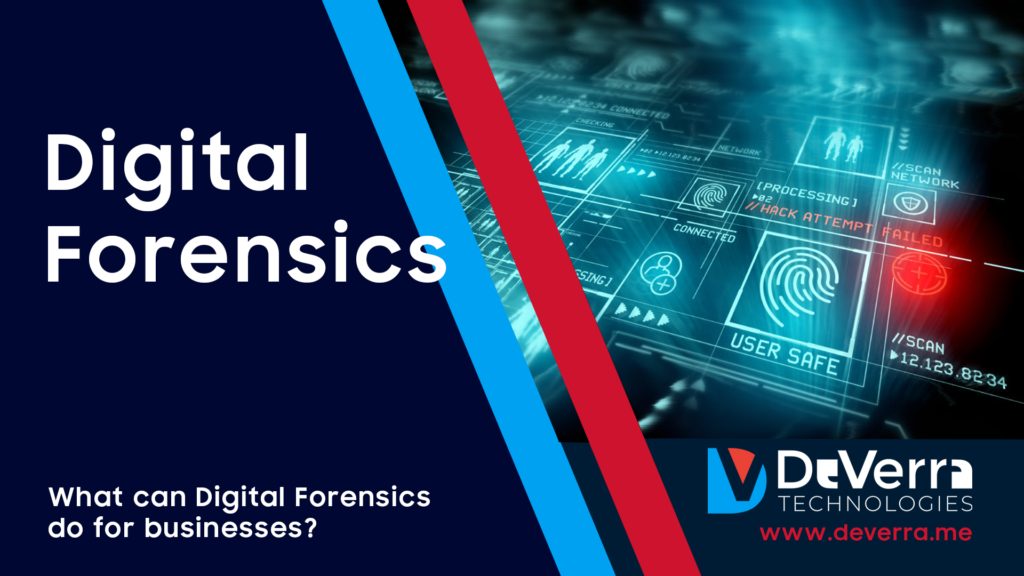What is Digital Forensics?

Digital Forensics mark the process that gathers, preserves, and analyses digital evidence related to security incidents. The main objective of digital forensics investigators is to help businesses with systemic evidence assemblage and analysis to detect the critical attributes about why and how they get compromised.
Digital forensics, also known as computer forensics or cyber forensics, is a specialized field within digital science that employs investigative and analytical techniques to gather and safeguard evidence from computing devices in a manner suitable for legal proceedings.
Businesses can leverage digital forensics for various purposes, including:
- Identifying Risks: It helps in identifying vulnerabilities that could be exploited by malicious actors.
- Protection from Insider Threats: Digital forensics can assist in detecting and mitigating threats posed by individuals within the organization.
- Reducing the Risk of Identity Theft and Fraud: By examining digital evidence, businesses can minimize the risk of identity theft and fraudulent activities.
- Aiding Investigations: It plays a crucial role in collecting evidence for internal or external investigations, such as cyberattacks or data breaches.
- Preventing Data Loss: Digital forensics techniques can help in preventing data loss and ensuring data integrity.
The importance of digital forensics lies in its ability to not only enhance cybersecurity measures but also to provide businesses with insights into the nature of data breaches and cyberattacks. Digital forensics experts can delve into networks, examine security event logs, analyze network traffic, and access credentials to provide valuable insights and evidence related to cyber incidents.
The digital forensics investigation process typically consists of five key stages:
Identification: This phase defines the scope of the investigation, outlining objectives and goals. It involves identifying the relevant evidence and devices that need to be examined.
Preservation: Precautions are taken to preserve as much digital evidence as possible on the affected network. Preservation often involves creating image backup files, with the use of imaging software and write blockers to prevent any further alteration of the digital evidence.
Analysis: Data and digital artifacts collected during the investigation are analyzed and pieced together to reconstruct the sequence of events during the cyber attack. Investigators work to create a timeline of the incident.
Documentation: In this stage, all evidence related to the cybercrime is collected and documented. This documentation focuses on critical information necessary to draw accurate conclusions. The findings are prepared in a professional manner, suitable for presentation in a court of law.
Report/Presentation: The final step involves presenting the findings of the investigation. Forensic investigators articulate what transpired during the cyber attack and communicate their findings in a clear and understandable manner. This report is crucial for internal business investigations and can also be used in legal proceedings if necessary.
How DeVerra will help you on Digital forensic., more details click below link